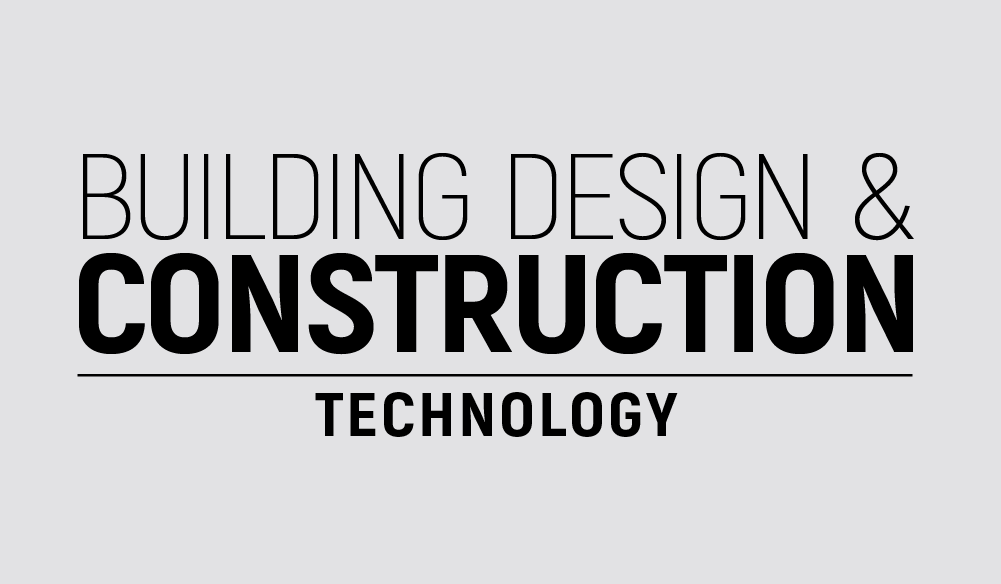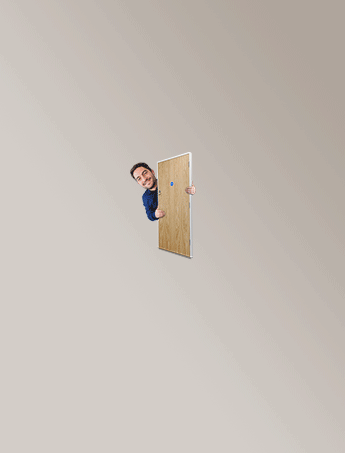Technology has already changed our lives many times, and it’s continuing to do so. From sustainability to personalized suggestions, from automated customer service to supply chain logistics, everything we do is easier thanks to someone who invented the right technology and its application. Many platforms are already experimenting with advanced personalization systems; if you want to check out the latest offers, click here to see more promotions related to online gaming, a sector that is experimenting a lot with technology, especially with AI.
Every industry’s usage of artificial intelligence
There was a time when AI sounded like science fiction. Today, it’s embedded in everyday life. AI-powered tools assist doctors with diagnoses, detect anomalies in medical images, and even predict patient risk factors before symptoms appear, becoming precious in healthcare. The construction industry is heavily experimenting and embracing AI to anticipate hazards and streamline project workflows. AI is also accelerating design and creativity. In architecture, the Royal Institute of British Architects (RIBA) reports that usage of AI has surged from 41% in 2024 to 59% in 2025. With many people worrying about artificial intelligence robbing creatives of their jobs, the right application is a precious support.
Scalable, connected and efficient with Cloud Computing
There isn’t a single large business that doesn’t operate on cloud nowadays. From banking to entertainment, from remote education to retail and online shopping, everything happens on cloud computing. This means that companies don’t need their own data centers to process big data and maintain smooth operations. Maybe you don’t even know it, but every time you complete a task online without a lag or a problem, the cloud is involved.
VR / AR: immersion meets practical application
VR and AR are redefining forces in training, planning, and remote collaboration. AR helps construction companies and architects overlay their blueprints directly onto the real site, making changes easier and helping customers understand how their home will look like before it even exists. There are many examples of companies that use reality capture and 3D visualization tools, IoT integration, and AI to streamline operations—and their results point to improved productivity and reduced risk for workers. This isn’t just futuristic—it’s becoming best practice in many industries. Fashion, interior design, and even travelling are being changed forever.
Other applications in key sectors of our everyday lives
In education and continuous learning, AI understands every student’s needs and tailor a personalized learning journey, while VR transports students inside historical moments or complex simulations, turning theoretical information into hands-on experience. Retail and Marketing are also heavily influenced by these technologies. Every user receives a custom recommendation for their next purchase, and they can even try on clothes or see how the new sofa will look like in their living room through AR. Advanced technologies are revolutioning healthcare and medicine too. Beyond diagnostics, VR is being used to manage pain, train surgeons in immersive environments, and conduct remote therapy sessions under various simulated conditions. Finally, this progress is key in finance. Through the cloud users and companies are capable of secure, rapid data sharing, while AI detects fraudulent patterns in real-time.
The future will be challenging, but we look forward
Like many other technological innovations, AI, AR, VR and cloud computing pose amazing opportunities and challenging scenarios alike. Industries must invest in training teams to operate and manage these platforms effectively—not just adopt them. At the same time, institutions need to create clear and safe protocols for the companies’ and the users’ protection. But as seen in the increasing rate of AI adoption across architecture and construction, professionals are starting to lean into this change, not shy away from it.





